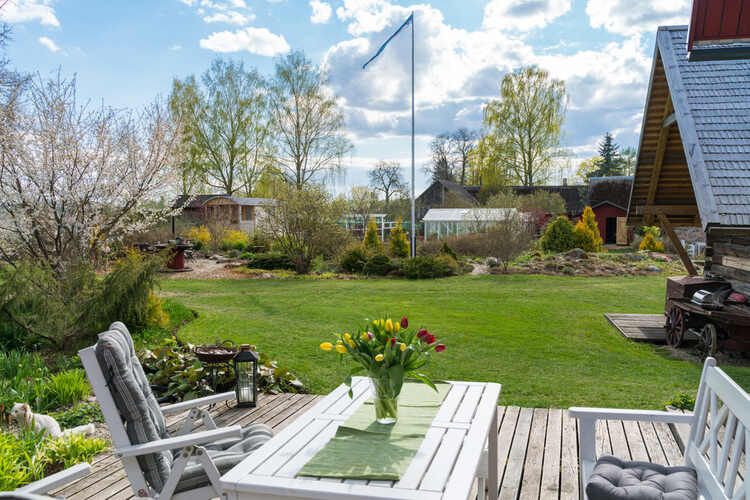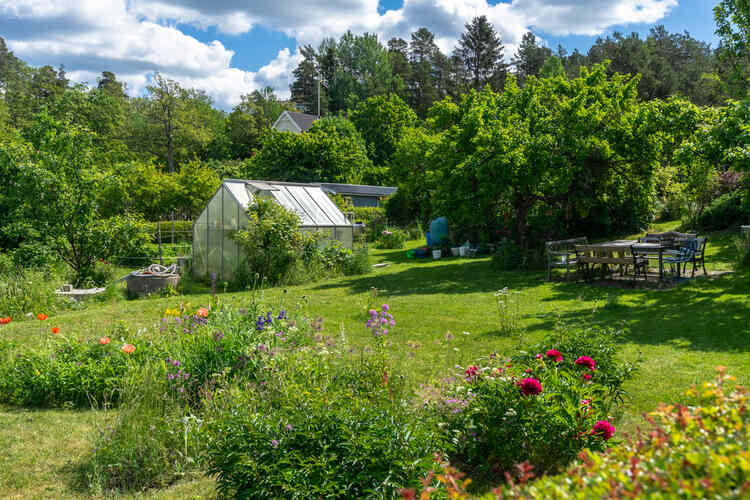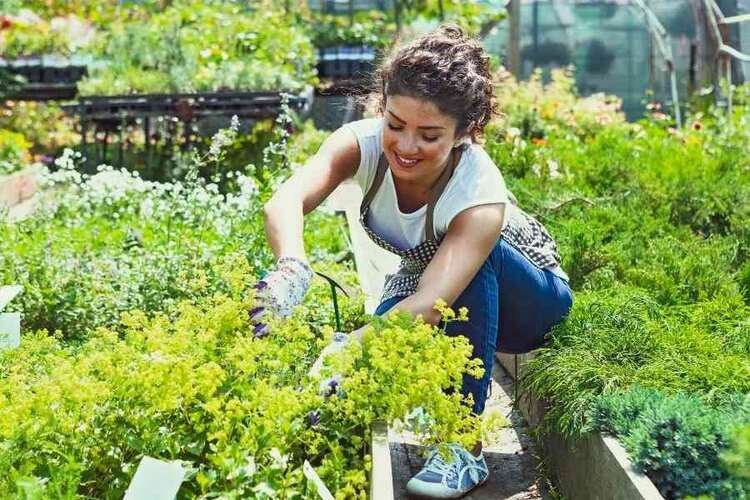23 Ways To Make An Amazing Garden

Gardening has always been a favourite pastime for many, and for good reason. Cultivating a piece of earth not only gives us a connection to the land but can also offer an oasis of calm in our busy lives. Here, we delve into 23 ways to make your garden truly amazing.
Understand Your Soil
Before planting anything, get to know your soil type. The health and success of your plants largely depend on the type of soil they’re in. You can test your soil to determine its pH, and from there, you can decide which plants will thrive and what amendments might be necessary.
Plan Your Layout
Sketch out your garden space, considering where you’d like your flowerbeds, pathways, and any other features. This will help you visualise the space and determine how many plants and what type you’ll need.
Choose Native Plants
Selecting native plants ensures that they are well-adapted to the local climate and soil conditions. This not only reduces maintenance but also supports local wildlife and biodiversity.
Incorporate Water Features
A pond, fountain, or even a simple birdbath can add an element of tranquillity and attract beneficial wildlife to your garden.

Utilise Retaining Walls
Retaining walls are not just functional; they can be a design element as well. These walls help manage water runoff, reduce soil erosion, and provide tiered levels for planting. This can give your garden dimension and aesthetic appeal. You will, however, need structural integrity devices like 40 MPa concrete sleepers to help strengthen your retaining walls for long-term usage.
Attract Beneficial Insects
Encourage beneficial insects like bees, butterflies, and ladybirds by planting flowers like lavender, sunflowers, and marigolds. These insects help pollinate and control pests.
Install Garden Lighting
Strategically placed lighting can illuminate paths, showcase specific plants, and allow you to enjoy your garden even after sunset.
Create a Compost Heap
Recycle garden and kitchen waste into nutrient-rich compost. This organic matter can then be added back to the garden, promoting healthy plant growth.
Designate a Relaxation Spot
Whether it’s a bench, hammock, or gazebo, a designated relaxation spot invites you to sit, unwind, and enjoy the beauty of your garden.
Rotate Your Crops
If you’re growing vegetables, rotate your crops each year. This helps prevent soil-borne diseases and pests and can improve soil health.
Mulch Regularly
Mulching helps retain soil moisture, suppresses weeds, and improves the soil’s health. Plus, it gives the garden a finished look.
Incorporate Art and Sculpture
Adding statues, wind chimes, or other artistic pieces can give a unique personality to your garden and serve as focal points.
Create a Garden Theme
Whether it’s a colour scheme, a type of plant, or a specific design, having a theme can unify your garden and make it stand out.

Prioritize Regular Maintenance
Little and often is the key. Regular weeding, pruning, and watering will keep your garden looking its best and prevent bigger problems down the line.
Learn and Adapt
Gardening is a journey, not a destination. Experiment, learn from your mistakes, and adapt. The beauty of gardening is that it’s ever-evolving.
Embrace Succession Planting
Succession planting refers to the practice of sowing crops in intervals to ensure a consistent harvest throughout the season. This is especially useful for vegetables and herbs. For instance, planting lettuce every two weeks can ensure a steady supply rather than having it all mature at once.
Create Garden Rooms
Just as your home has distinct rooms for different purposes, your garden can benefit from designated ‘rooms’ or zones. Perhaps a secluded corner for meditation, a sunny spot for vegetables, and a shaded area with benches for reading. This compartmentalization can add depth and interest to your space.
Utilize Vertical Space
Not all gardens boast a vast area. In smaller spaces, think vertically! Use trellises, wall planters, and climbing plants like clematis, beans, or morning glory to take advantage of upward space.
Experiment with Container Gardening
Containers are versatile and portable. They allow you to grow plants that might not be native to your soil type, and you can move them around based on sun requirements or aesthetics. Plus, they add a touch of design flair.
Incorporate Edibles into the Landscape
Who said vegetable gardens couldn’t be beautiful? Intermix edibles like kale, chard, or colourful peppers among your ornamentals. This not only maximises space but can also lead to some striking visual displays.
Engage Your Senses
A truly captivating garden appeals to all the senses. Fragrant blooms like roses and jasmine delight the nose, while grasses and trees create soothing sounds when rustled by the wind. Consider adding tactile plants like lamb’s ear or ornamental grasses that invite touch.

Welcome Wildlife
Birdhouses, bat boxes, and insect hotels can attract beneficial creatures. Birds, for instance, can help with pest control, while bees are essential pollinators. A garden bustling with life is a healthier and more vibrant space.
Stay Updated with Gardening Trends
Just as in fashion or interior design, gardening sees its fair share of trends. Whether it’s the resurgence of the cottage garden look or the increasing popularity of xeriscaping in drought-prone areas, staying updated can offer fresh inspiration.
Conclusion
Creating an amazing garden is art and science combined. From understanding the basics like soil and layout to adding intricate elements like water features and retaining walls, every aspect contributes to the overall ambience and health of your garden.
With these 23 ways in hand, your garden is set to be a captivating and cherished space for years to come. Happy gardening!




